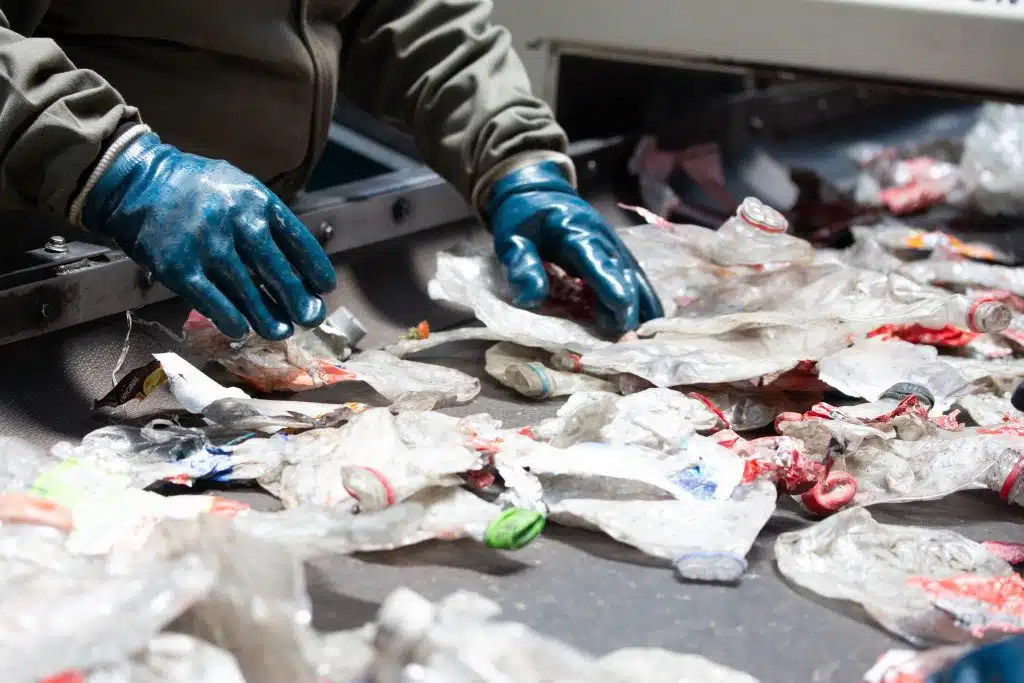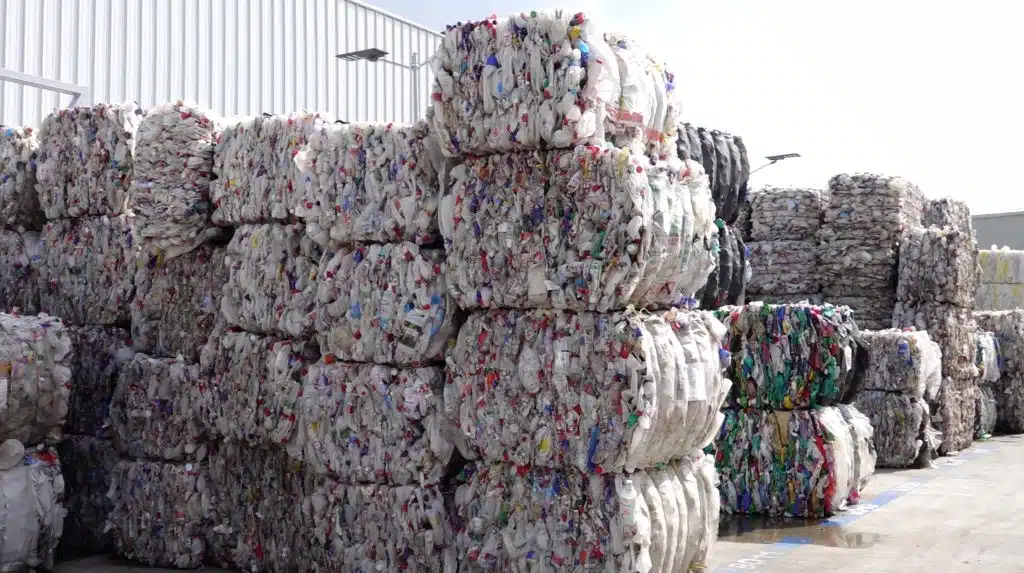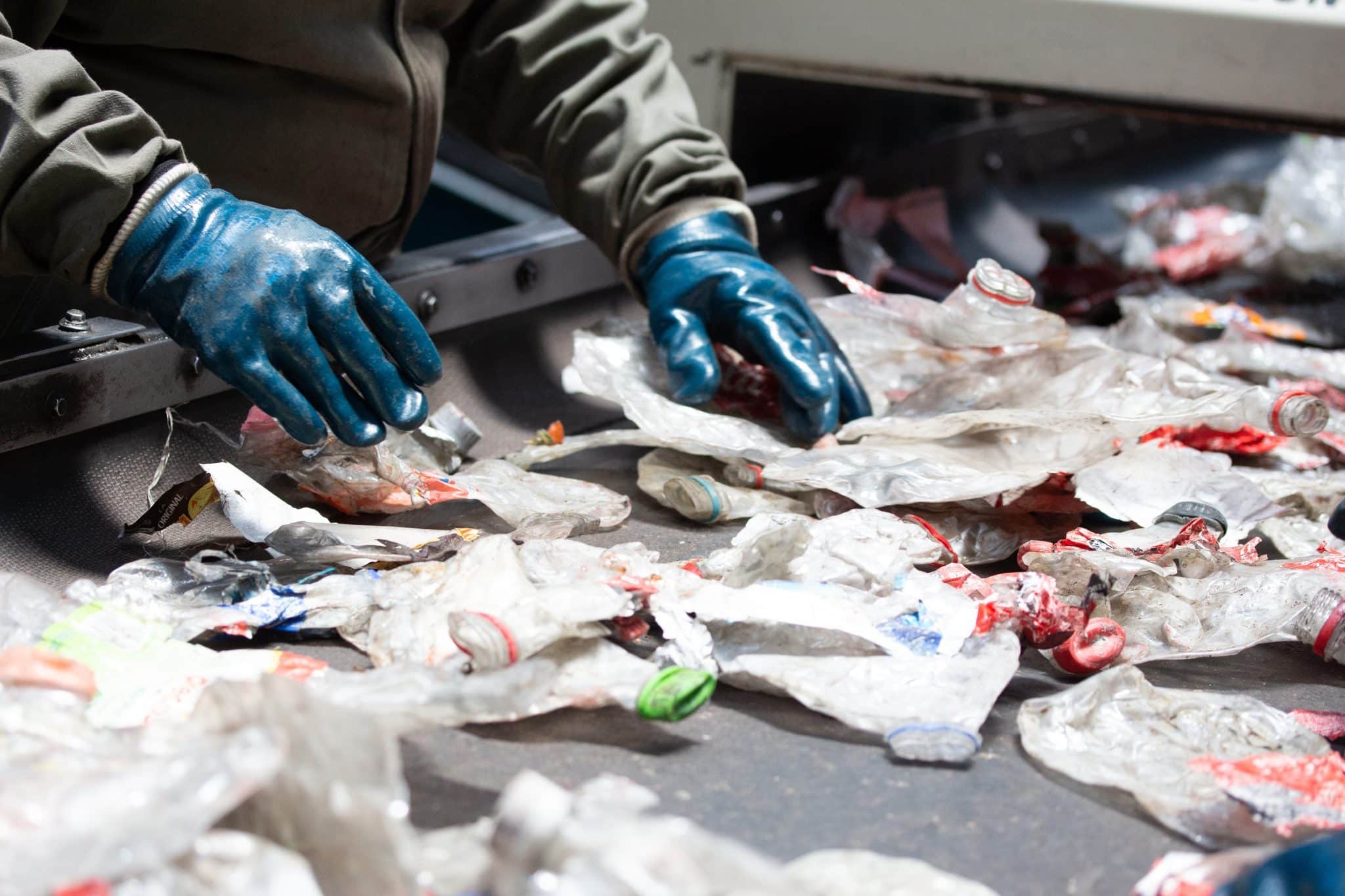Recycling business: Plastic packaging specialist Alpla operates state-of-the-art plants worldwide producing rPET (recycled PET) and rHDPE (recycled HDPE) under the Alplarecycling brand. A product carbon footprint calculation conducted by independent consultancy c7-consult now provides new data for a total of four factories in Mexico and Germany. a company2-The savings of up to 87 percent compared to raw materials confirms the climate protection impact of recycled plastics and the environmental importance of regional “bottle to bottle” cycles.

Alpla is based on the circular economy: the global packaging specialist invests more than €50 million in recycling every year and uses the latest technologies to produce recycled materials. With a proven and expected production capacity of 350,000 tons per year, the company is one of the world’s leading plastics recycling companies. Analyzes by life cycle assessment specialist c7-consult now confirm production efficiency at a total of four sites in Mexico and Germany. Alplarecycling produces rPET and rHDPE there, which contain up to 87 percent less carbon dioxide2 Caused as new merchandise.
“The numbers confirm our path. We produce environmentally friendly recycling solutions with a focus on the region, and process them into new packaging thus strengthening the ‘bottle to bottle’ cycle.” “This is how we ensure safe, affordable and sustainable packaging solutions around the world.” , confirms George Lasser, Director of Business Development, Purchasing and Recycling Sales at Alpla.
Pioneers of the circular economy in Mexico
At its recycling plant in Toluca, Mexico, Alplarecycling produces 30,000 tons of rHDPE each year. Production in Toluca produces 0.69 kg of CO22e per kilogram. This means 70 percent lower emissions compared to new HDPE (2.32 g CO2).2e per kilogram[1]). Since 2005, Alpla has operated what was then the first PET recycling plant in Latin America in the IMER (Industria Mexicana de Reciclaje SA de CV) joint venture with Coca-Cola FEMSA and The Coca Cola Company in Toluca. Its annual production capacity is 16,000 tons of rPET. According to the analysis, production emits only 0.38 kg of carbon dioxide2e per kg and therefore 87 percent less than virgin PET (2.90 kg CO22e per kilogram[2]).

Photos: Albla
Mexico’s rPET production capacity will rise to 51,000 tons next year. The PLANETA (Planta Nueva Ecología de Tabasco) factory is currently being built in Condoacán in collaboration with Coca-Cola FEMSA. When it comes to collections, joint venture partners use this model Paid admission for used PET bottles and dialects of social cooperation. “Recycling is a key element in future packaging solutions. We want to convince people of the benefits and base this on solid data. Careful analysis of our factories also enables us to improve the environmental footprint on Specifically.
Germany: Home collection
With an annual production capacity of 43,000 tons of rPET, Alplarecycling is one of the largest PET recyclers in Germany. The material from the yellow bag is processed at the site in Bitterfeld-Wolfen (Saxony-Anhalt). For this purpose, unique world-class sorting and processing plants were established in 2019. Recycling PET bottles from household collections results in a slight increase in the energy requirements for washing. At Bitterfeld-Wolfen, 0.93 kg of CO2 is released per kg of rPET2E on. This means that recycled materials cause 68 percent fewer emissions than new materials. At the PET recycling site in Bad Salzuflen (North Rhine-Westphalia) there is only 0.68 kg of CO22e per kilogram, which equates to a decrease of 77 percent.
Alplarecycling’s recycling plants in Austria and Poland, where PCF has also been calculated in recent years, prove that there is still potential for improvement. Through additional use of renewable energies, rPET could have a footprint of up to 0.21 kg of CO22e per kilogram, which corresponds to a reduction of up to 93 percent. Conversions to renewable energies are also being studied for plants in other countries.
www.alpla.com
[1] Source: ecoinvent 3.9.1, global average.
[2] Source: ecoinvent 3.9.1, global average.

“Total coffee aficionado. Travel buff. Music ninja. Bacon nerd. Beeraholic.”








More Stories
Wealthy families take more risks when it comes to money.
Salesforce and NVIDIA Form Strategic Collaboration to Drive AI Customer Innovation
Changing banks causes problems for customers